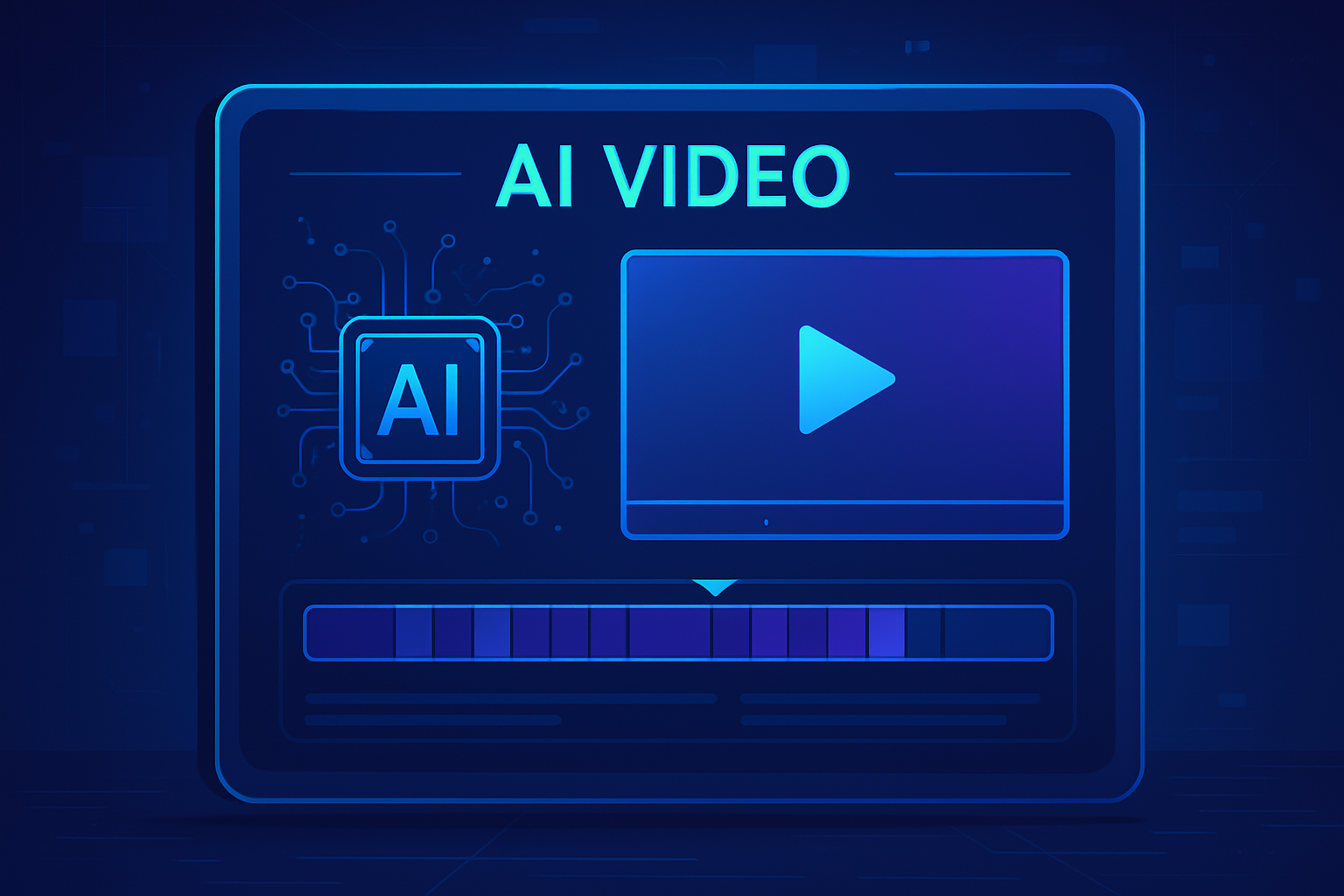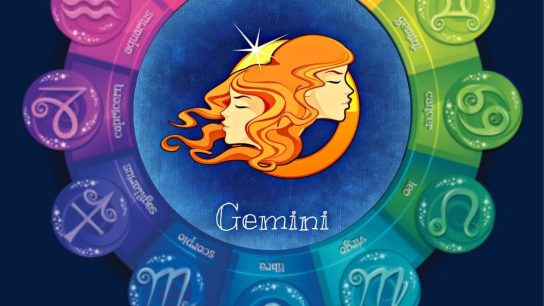In the rapidly evolving world of digital content, video reigns supreme. It captures attention more effectively than text or images alone, boosts engagement rates, and drives conversions. Yet producing high-quality video content traditionally required a hefty budget, a skilled team, and a significant amount of time. That’s where AI video generation is flipping the script.
AI tools can now automatically generate videos from text, data, or even simple prompts. But what does this mean for businesses, marketers, educators, and individual creators? Let’s dive into why AI video generation is important, how it works, its benefits, drawbacks, and what the future might look like.
Why Is AI Video Generation So Popular?
1. It Saves Time and Money
Hiring videographers, editors, voice-over artists, and animators can quickly rack up costs. With AI, you can produce explainer videos, ads, tutorials, or even personalized customer messages in minutes — often at a fraction of the cost.
2. It Makes Video Accessible to Everyone
Not everyone has the technical expertise to operate cameras, lighting, and editing software. AI video tools democratize content creation, allowing anyone to turn a script into a professional-looking video.
3. It Helps Scale Content
Need to produce 20 localized versions of a product demo? Or daily short videos summarizing your blog posts? AI video generators handle volume effortlessly, letting brands keep up with the ever-hungry content landscape.
How Does AI Video Generation Work?
AI video creation platforms typically use machine learning models trained on vast datasets of video styles, speech, and visual elements. Here’s a simplified step-by-step look at the process:
Step 1: Provide Input
This could be:
- A blog post or script you want to convert into a video.
- Bullet points or a product description.
- A dataset you want visualized.
Step 2: The AI Designs the Video
The software analyzes your text and automatically:
- Picks relevant visuals (stock footage, icons, animations).
- Generates on-screen text and transitions.
- Suggests music and voiceovers.
Step 3: Customize
Most platforms let you adjust the colors, fonts, add your logo, or replace visuals. You might also choose a virtual presenter to narrate the script.
Step 4: Render and Download
Once satisfied, you render the final video. Many tools also offer direct publishing to YouTube, LinkedIn, or your website.
Popular platforms include Synthesia (for AI avatars), Pictory (blog-to-video), Lumen5 (social videos), and Runway (advanced generative editing).
The Advantages of Using AI Video Generation
✅ Cost-Effective
What once cost thousands of dollars can now be done for under $100, often even less.
✅ Fast Turnaround
Create a professional video in hours — sometimes minutes — rather than weeks.
✅ Consistency Across Content
Maintain the same style, branding, and tone across hundreds of videos.
✅ Multilingual Reach
Many tools instantly translate your script and generate new voiceovers or captions, helping you reach global markets without hiring separate teams.
✅ Creativity Unlocked
Want to see your product floating in a futuristic city or narrated by a digital clone of yourself? AI makes it possible, opening doors to ideas that might be too expensive or impractical to shoot traditionally.

The Downsides: What To Watch Out For
⚠️ Less Human Authenticity
Audiences still connect deeply with real human faces, emotions, and imperfections. An AI presenter might come off as slightly robotic or impersonal, depending on the tool.
⚠️ Limited Control Over Fine Details
AI can pick visuals that don’t quite match your brand story or emphasize the wrong point. You’ll often need to manually tweak the output.
⚠️ Ethical Concerns
Some AI video platforms can create deepfake-like results. Using someone’s likeness or voice without consent is legally and ethically risky. Always use licensed content and disclose when a video is AI-generated.
⚠️ Quality Gaps
AI-generated voiceovers can sound flat, and auto-selected stock footage may repeat across multiple projects. Careful editing is still necessary for a polished final product.
When Should You Use AI Video Generation?
Great use cases include:
- Short social media promos
- Turning blog posts into explainer videos
- Internal training modules
- Localized ad campaigns
- Simple how-to or FAQ videos
Not-so-great use cases:
- Emotional storytelling requiring nuanced acting
- Brand campaigns relying on real human connection
- High-end commercials where custom cinematography is key
The Future of AI Video
The technology is evolving rapidly. New models like Sora by OpenAI and Google’s video diffusion systems promise ultra-realistic scenes generated purely from text. Soon, you might describe your vision in a paragraph and get a fully acted, cinematic clip with dynamic camera movements and lifelike actors — all created by AI.
As these tools grow, the lines between human and machine-made content will blur. This means regulations and transparency will become critical to maintain trust. Brands may need to disclose when videos are AI-generated, just as we now expect disclaimers on sponsored posts.
Tips for Getting the Best Results
- Write a solid script: Even the smartest AI needs clear direction. A well-organized script is the foundation of a good video.
- Customize the visuals: Don’t rely entirely on auto-selected clips. Replace irrelevant footage to stay on-brand.
- Use human elements when possible: Blend AI with real interviews or testimonials to keep things authentic.
- Stay transparent: If you’re using AI avatars or voice, let your audience know.
Final Thoughts
AI video generation is not just a buzzword — it’s transforming how we create and consume content. Whether you’re a small business owner trying to grow on Instagram, a marketer scaling global campaigns, or an educator building e-learning modules, AI videos can save you time, money, and creative energy.
Still, the human touch remains invaluable. The best strategy often combines AI efficiency with real human insight and emotion. By understanding where AI shines and where traditional methods still lead, you can craft a powerful, balanced content approach.
author : trendy stag






